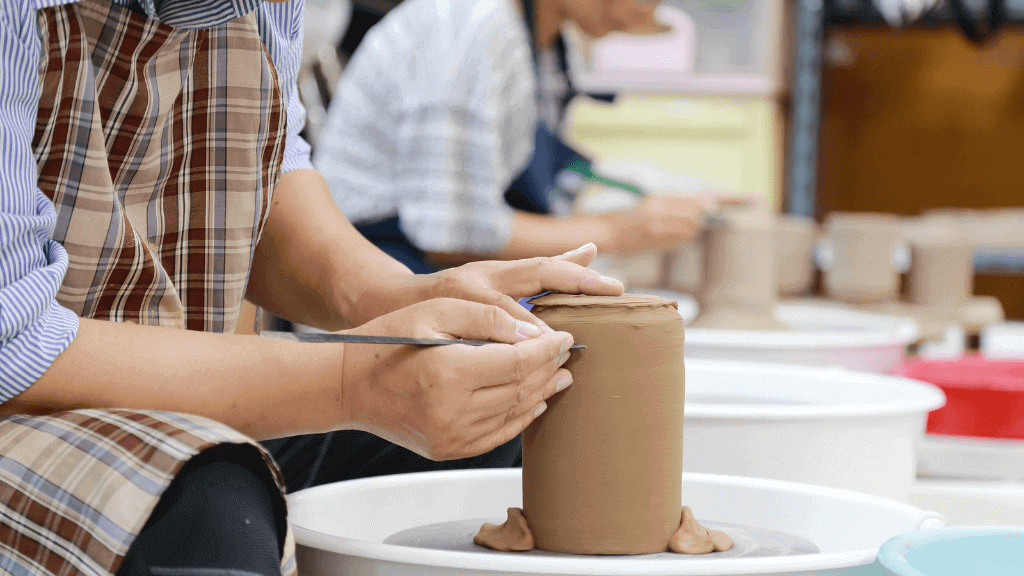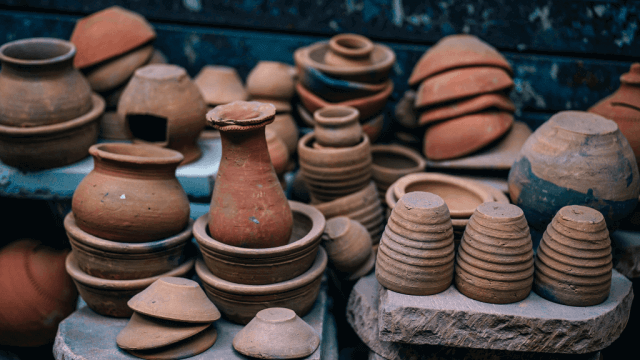The four main types of clay used for pottery are earthenware, stoneware, ball clay, and porcelain. Earthenware is the most common type of clay used for pottery , while stoneware is more durable and water-resistant when fired at higher temperatures. Ball clay is a type of kaolin clay that is often used in combination with other clays to create a desired texture or color. Porcelain is a high-quality clay that is often used for fine pottery.
Are there different types of clay used for different types of pottery?
There are five main types of clay used for pottery: earthenware, stoneware, porcelain, ball clay, and fire clay. Earthenware is fired at lower temperatures and can have an earthy look , while stoneware is fired at mid to high temperatures and is often buff or tan. Porcelain is a type of stoneware that is fired at higher temperatures and has a white color. Ball clay is a type of earthenware that is used to make pottery with a smooth finish. Fire clay is a type of earthenware that can withstand high temperatures without cracking or warping.
What factors determine the choice of clay for a particular pottery project?
The choice of clay for a particular pottery project depends on several factors, such as the type of clay body (earthenware, stoneware, or porcelain) , texture (smooth, course, or in-between) , firing temperature (cone size) , color , and the type of product to be made.
How does the composition of the clay affect the properties of the finished pottery piece?
The composition of the clay affects the properties of the finished pottery piece in several ways. When clay is fired, it undergoes physical and chemical changes which increase its strength. The clay also shrinks as water molecules escape from between the clay sheets , and different minerals and organic materials can be mixed together to create a workable substance. These factors all contribute to the final properties of the pottery piece, such as hardness, waterproofing, scratch resistance, and more.
Can different types of clay be combined or mixed to create unique pottery pieces?
Yes, different types of clay can be combined or mixed to create unique pottery pieces. It is important to ensure that the clays have similar firing temperatures and shrinkage rates, as well as similar moisture levels. Additionally, it is possible to add metals to clay bodies for support or interest. Learning about the different types of clay and how to work with them is essential for creating unique pottery pieces.
Are there any specific techniques or methods for working with different types of clay in pottery making?
There are several techniques and methods for working with different types of clay in pottery making. These include pinching, coiling, slab building, the coil method, rolling out flat pieces of clay, soft-slab construction, and hand-tossing.











